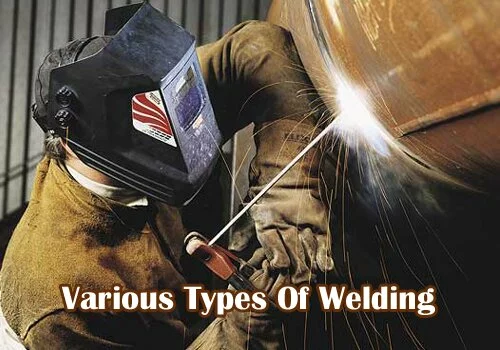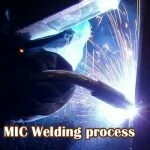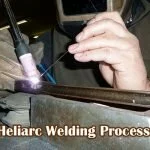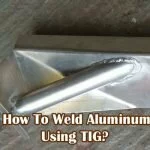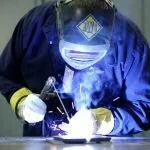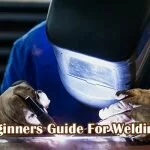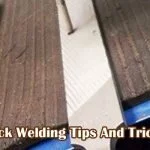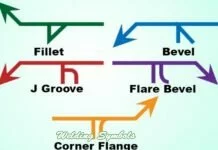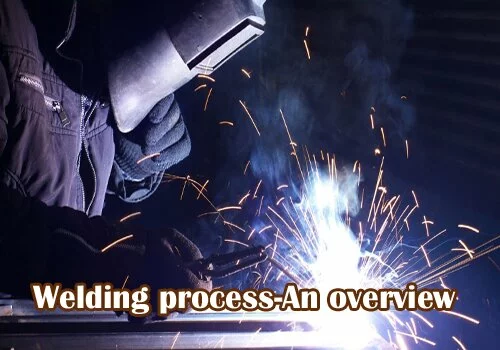The sculptural process that joins materials like metals, thermoplastics is termed as welding. This can be done by melting a base metal or melting a filler metal. Welding can also be done without melting any metals. Welding is very useful and is commonly seen in any metal objects. They are used in the construction of cars, automobiles, metal furniture, etc. There are various types of welding and they are explained as follows.
Shielded metal arc welding
This arc welding is commonly called as a stick. This is very easy and can be done at reduced cost. This welding process uses an electrode that carries electric current. This electrode is termed as welding rod and it consists of a core wire coated with flux. When the energized circuit and the electrode tip touches the workpiece an electric arc is created. This electric arc generates a temperature about 6500 degrees Fahrenheit. This heat will melt the best metal and the electrode to create a weld. During this process, a gas shield is formed that protects the molten metal from oxides and nitrides in the atmosphere. Thus slag is found on the electrode that has completed welding.
Advantages
- Low-cost equipment
- Portability
- Works on dusty metals
Disadvantages
- Less efficiency
- Difficult on thin metals
- Needs experienced welders
TIG – gas tungsten arc welding
The gas tungsten arc welding(GTAW) is also referred as Heliarc welding. This process uses non-consumable tungsten electrode to heat the base metal. This will also create a molten weld puddle. This enables to create an autogenous weld by melting two pieces of metal together. To increase the mechanical properties of the weld an external filler rod can be inserted into the molten puddle. This puddle should be shielded by an external gas supply. The preferred gasses for this welding are argon and helium-argon mixture. With this method, many alloys can be melted.
Advantages
- High-quality welds
- Can be used in thin metals
- Spatter-free welds
Disadvantages
- High operator skill is required
- Cost of equipment is high
- Lower deposition rates
MIG – gas metal arc welding
This method produces efficient welding of metals by using a solid wire that is continuously fed into the welding gun. The electrode is fed into it with the help of trigger. This will create an electric arc that melts both the base metals and joins them. This welding also uses gas atmosphere to protect the metals from oxides and nitrates. The most commonly used gas in this welding is the carbon dioxide
Advantages
- High electrode efficiency
- Low heat
- Reduced welding fumes
Disadvantages
- High cost equipment
- Needs gas shielding
- Materials should be free from lust
Flux-corded arc welding
Flux cored arc welding is similar to Mic because this method also uses continuously fed rod. The flux is fixed with the help of a tubular wire instead of a solid wire. This method uses two types of flux cored wire, they are self-shielded and dual shielded. Self-shielded is done without external gas and dual shielded used external gas for shielding. This method produces slag.
Advantages
- Higher electrode efficiency
- Lower heat inputs
- Reduced welding fumes
Disadvantages
- Creates slag
- Smoke is generated
- High cost
These are the major types of welding that are commonly used. Choose the type which best suits your needs and environment.
